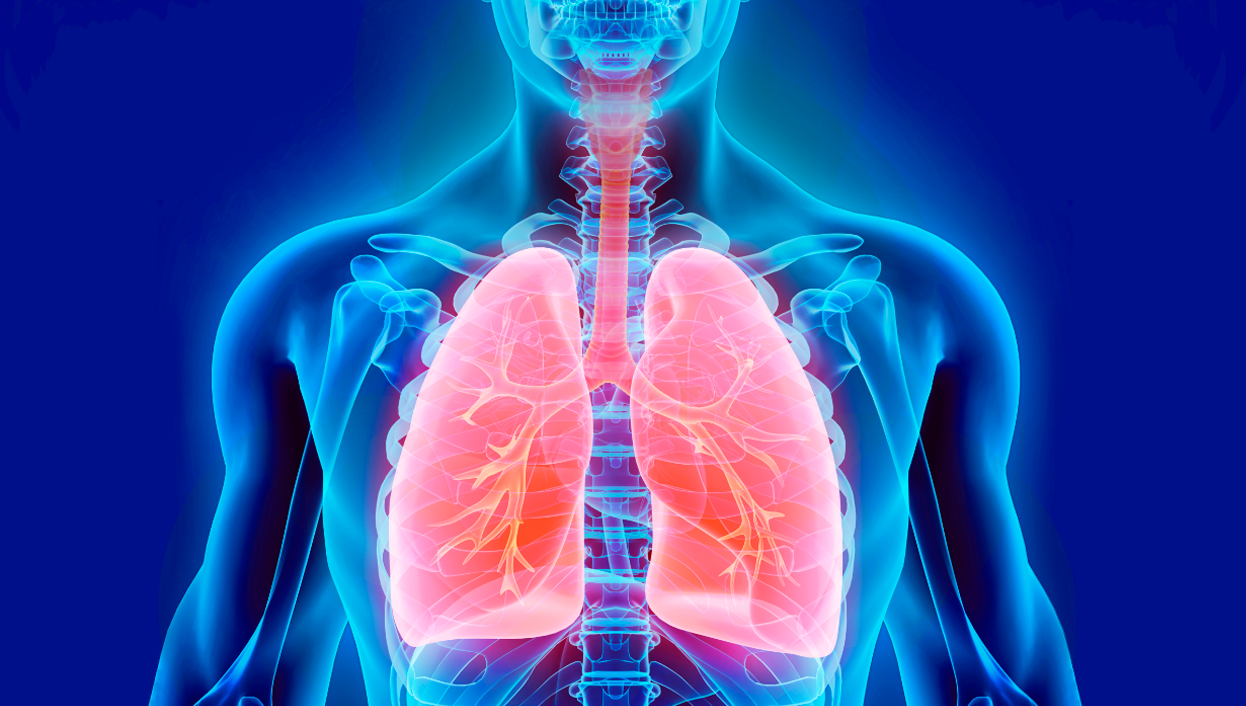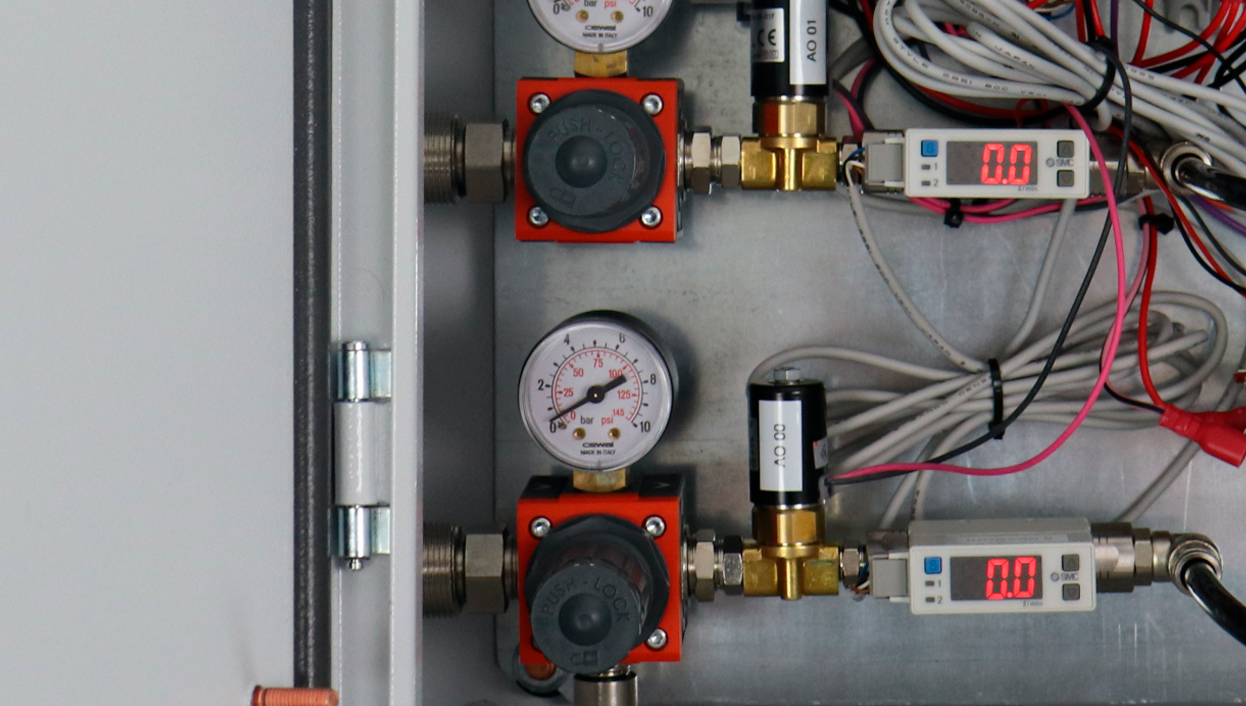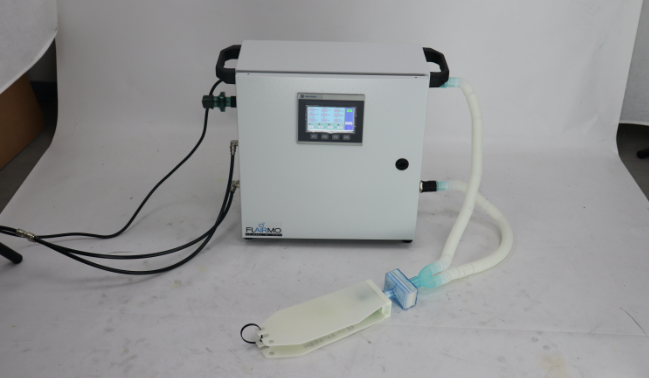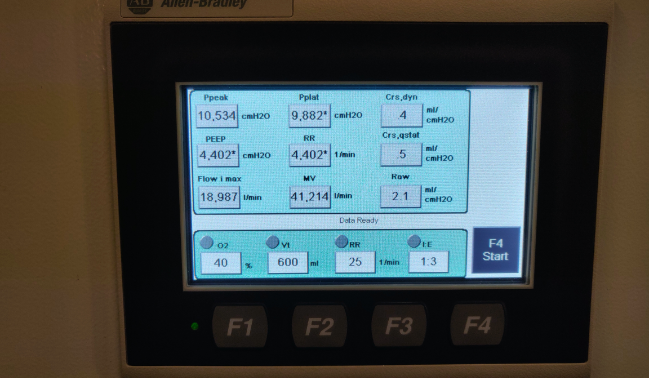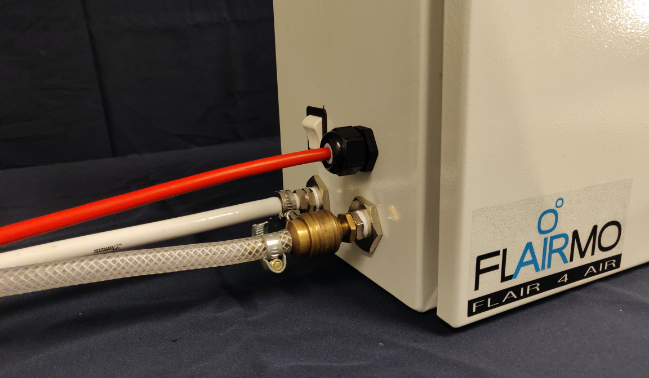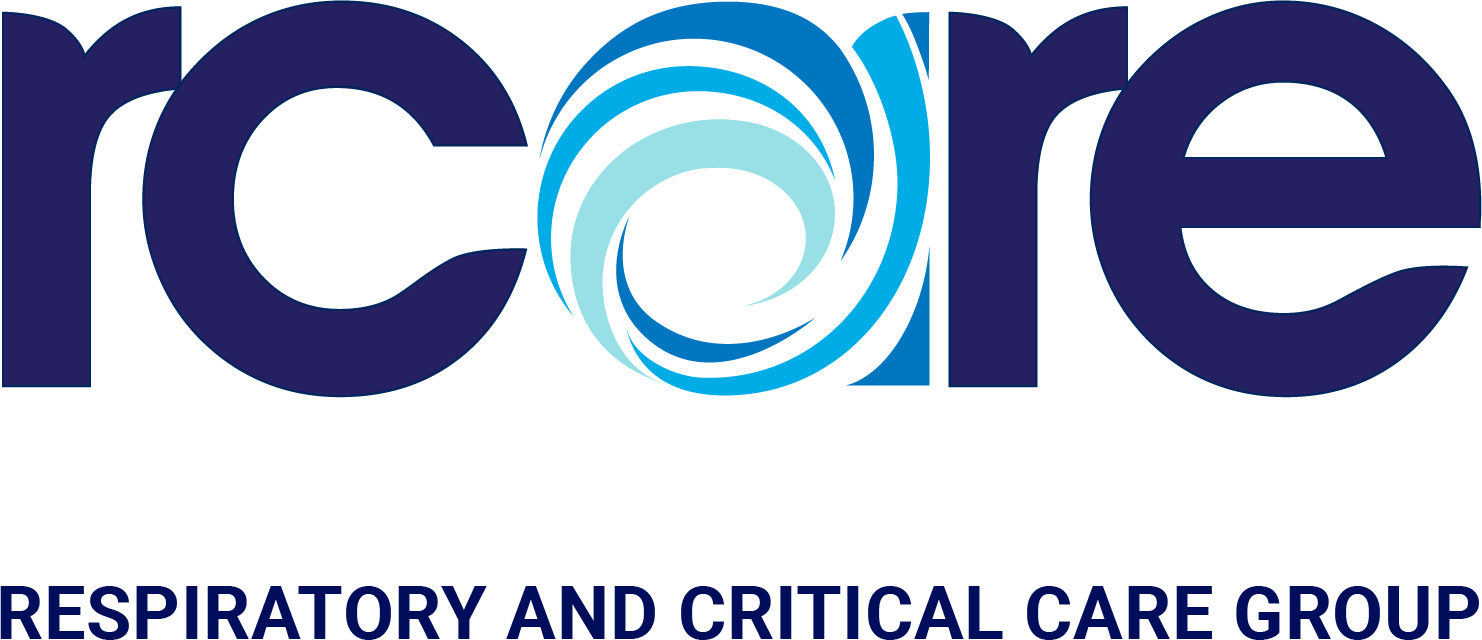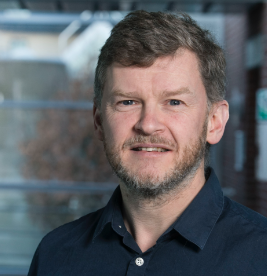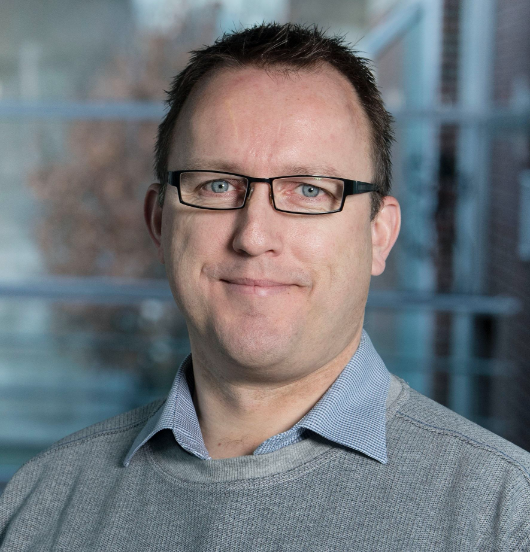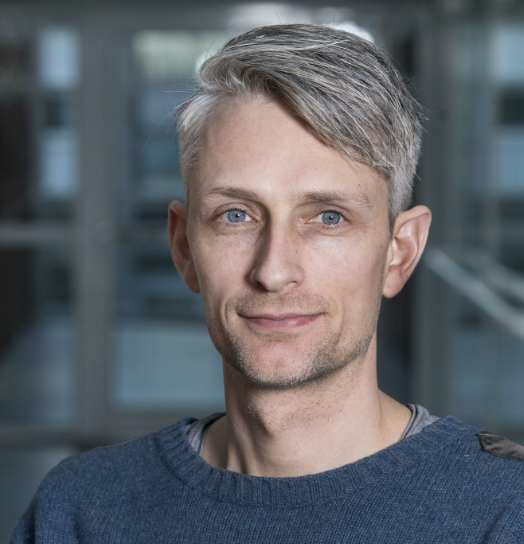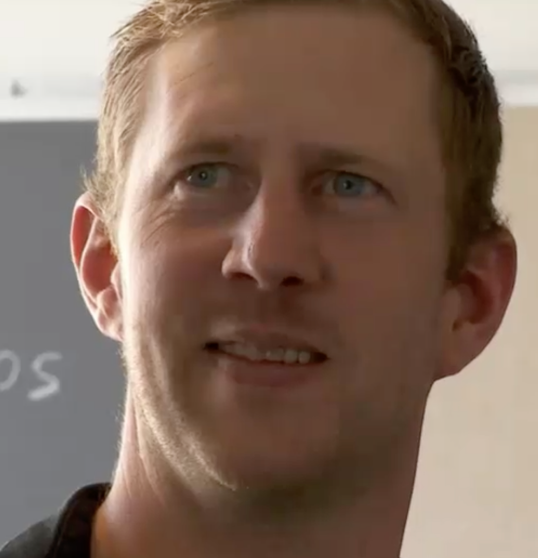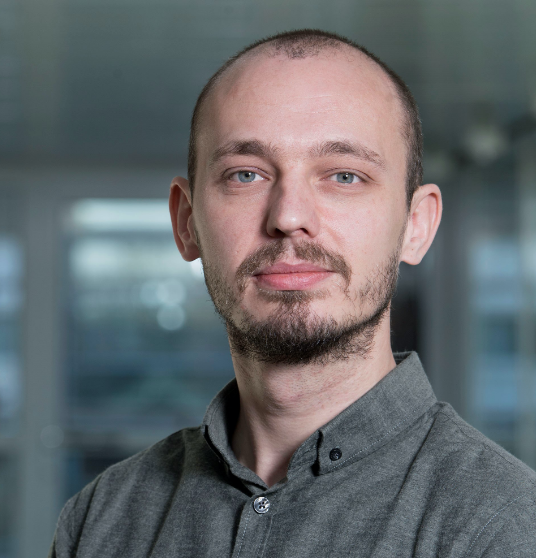SUPPORTED BY
Professor Stephen Rees, Aalborg University:
The acute, critical COVID-19 pandemic has come as a shock to the world’s health care systems. A global shortage of mechanical ventilators threatens to increase the number of deaths to unnecessary high levels. To address this, we have developed an open source emergency ventilator. We share all information and designs to enable health care systems to treat more patients. The emergency ventilator is built from standard industrial parts that are widely available, it is solid, and it can be built at an affordable cost.

THE REASONING BEHIND THE CoRESCUE PROJECT
The big WHY behind the CoRESCUE project from Aalborg University and partners is simple – and utterly important: Emergency ventilators can prevent deaths due to COVID-19 pandemic.
Global prognoses foresee that the need for mechanical ventilators exceeds the number available. Italy and the US are countries we often hear about, but many more face shortages of life saving mechanical ventilators. Across the globe thousands of COVID-19 patients require acute breathing support by a mechanical ventilator. The CoRESCUE AAU Pandemic Ventilator can help change that.
Designing and building a ventilator from scratch in 14 days requires team effort, little sleep and understanding families, but the choice was easy considering the severity of the current global situation. Team Member, Mathias Krogh Poulsen
HOW THE CoRESCUE AAU PANDEMIC VENTILATOR WAS DEVELOPED
To address the current, acute COVID-19 pandemic, we have, in collaboration with industrial partners, developed an emergency ventilator for use during the COVID-19 crisis. The emergency ventilator is a tool to combat global ventilator shortage.
Our intention has been clear from the very onset: we would construct, and share, all information describing the development process and the practical ‘how-to’-construction guide for an emergency ventilator. A truly open source project to the benefit of health care systems and patients across the world.
Where possible, the AAU Pandemic Ventilator is built from standard industrial parts and importantly is not competing with ventilator manufacturers.
An open source emergency ventilator
The CoRESCUE AAU Pandemic Ventilator is an open source emergency ventilator available for all. It is relatively easy to build, solid and can be produced using standard industrial parts.
We aim to provide the complete design, in the form of reference implementations and design specifications on Github.
All the material is provided under a permissive license. The purpose of this is not to limit you in potentially helping in the crisis, but to prevent us being legally obligated by your use of this work.
The documents we produced to approve this in Denmark are included in the materials provided on Github and are based on the requirements produced by the UK government. In this way, we hope you can use them and your own testing to obtain rapid local approval.


THE TEAM BEHIND CoRESCUE AAU PANDEMIC VENTILATOR
The CoRESCUE team includes a core of researchers from Aalborg University, collaborating with industrial partners to build the AAU pandemic ventilator. The university team are from the Respiratory and Critical Care (rcare) group, part of the Department of Health Science and Technology. The rcare group are dedicated to investigating the application of technology in all matters related to respiration, respiratory medicine and critical care medicine. As part of these activities, the rcare group have an international research profile in mechanical ventilation, and in technology to understand the function of the lungs.
The CoRESCUE team working on the AAU pandemic ventilator is led by Professor Stephen Edward Rees, head of the rcare group. The team includes experts in respiratory physiology, mechanical ventilation, and in software and hardware design and construction. As such, the team understands the need for appropriate ventilatory management, how to deliver this, and how to design and develop the necessary technology – mechanical ventilators. All team members are involved in the development of the AAU pandemic ventilator, with each team member having responsibility for an aspect of the product development. When contacted, the team will direct further communication to the responsible member. The team consists of Associate Professors Dan Stieper Karbing, Lars Pilegaard Thomsen and John Hansen, and Teaching Associate Professor Mathias Krogh Poulsen.
THE TEAM
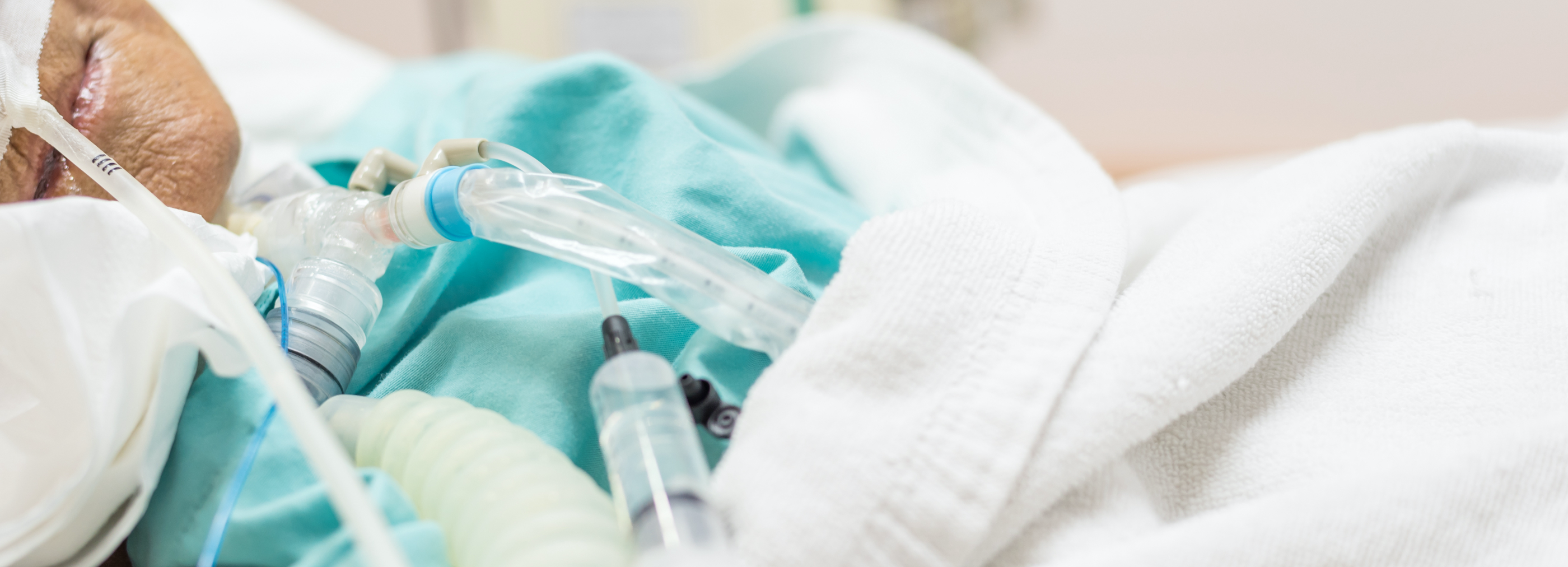
PARTNERS
The university team has been aided by industrial partners, volunteering their services or working to cover costs.
industrY PARTNERS
UNIVERSITY TEAM MEMBERS WOULD LIKE TO ACKNOWLEDGE THE SUPPORT OF THE DEPARTMENT OF ENERGY TECHNOLOGY (HENRIK SØRENSEN) FOR PROVIDING EXPERTISE ON FLUID MECHANIC DESIGNS AND FLOW MEASUREMENTS (WWW.ET.AAU.DK/DEPARTMENT/SECTIONS/FLUID-MECHANICS-AND-COMBUSTION/), BENEDICT KJÆRGAARD FOR COLLABORATION IN VENTILATOR EVALUATION, THE FACULTY OF MEDICINE AT AALBORG UNIVERSITY, AND FOR THE CONSTRUCTIVE COLLABORATION WITH THE DANISH MEDICINES AGENCY.


